Livestock Care
Twice a year we do a deep clean on the chicken coop and look the hens over closely to check on their health. The cleaning is more thorough than our weekly clean, when we muck out the coop and refresh supplies. During the deep clean, we scrub everything down with a diluted vinegar mixture. You can read a bit more about that process in this older post Deep Coop Clean. We give them a simple health check by holding each hen, looking between their feathers and on their feet for mites, and feel their body frame for any unusual bumps.
Spring is when the hens start getting garden goodies in regular supply again. It diversifies their diet to eat a wide range of foods, and keeps our feed costs down as well. They have been munching on bolted spring crops like arugula, freshly picked weeds and in addition to the regular kitchen scraps. Their egg yolks take on a nice, deep orange color when they are eating a healthy mix of nutrient-rich foods.
Soil Health
Typically at least one bin of our three-bin compost system is ready to harvest around spring planting time. We add finished compost to the raised beds before planting out our crops or top-dress around existing plants. We add compost to the beds a couple times a year to keep the soil nutrients high for our vegetables. Only the best soil makes the best vegetables.
We recently finished spreading a fresh layer of wood chip mulch on the top of almost all of the homestead – not on pathways or in the raised beds. Keeping the plant beds top-dressed with mulch will help with water retention, weed suppression and, over the time term, increase our soil structure. Read more about this in my earlier post: Using Wood Chips in the Garden.

Apply compost at least once a year if you are intensively growing vegetables. The best soil makes the best harvest.
Harvest
Spring crops are ripe for the picking, including leeks, spinach, arugula, artichokes, fava beans and swiss chard. Juniper helped me clean out almost all of our ripe fava beans, then dutifully helped me shell them. We ended up with about ten pounds of beans! Combine all these crisp, spring crops with the 4-5 eggs were collecting a day and our table feels very full already.
It’s time to clear the root cellar, freezer and dried foods in preparation for the main growing season. I suspect we’ll crack open the last can of tomatoes right as we start getting fresh ones from the garden. I still have at least one bag of dried apple slices in the cupboard, but those are otherwise gobbled up. As for the freezer, we’re still far from finishing the huge stash of frozen berries I picked when I was in full “nesting mode” last summer. That’s a happy problem to have.
Water
It seems odd to think about watering the garden this early in the season, but be mindful that newly transplanted veggies do not have well-established root systems. I have already turned my drip system on in the raised beds a couple times when we had a stint of 80-degree weather without rain for a couple weeks. Keep an eye out for wilty leaves as spring turns to summer.
What does spring look like on your homestead? Are you ahead or behind? Tell me about it in the comments below! PS: missing me in between longer gaps in posts? Follow me on Instagram, Twitter or Facebook to get more frequent, short updates on how our homestead is doing.
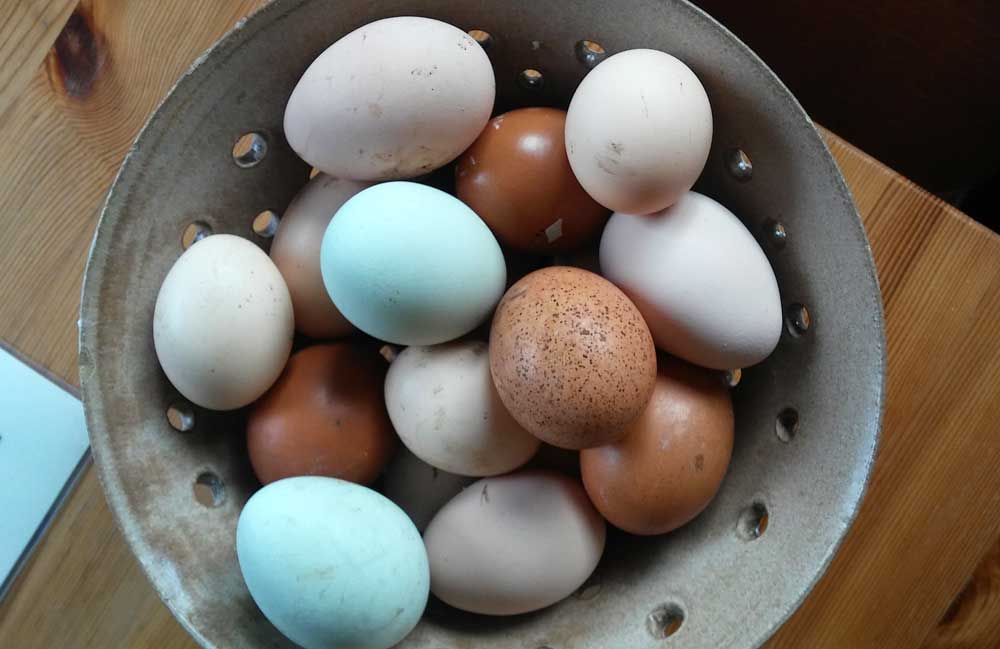
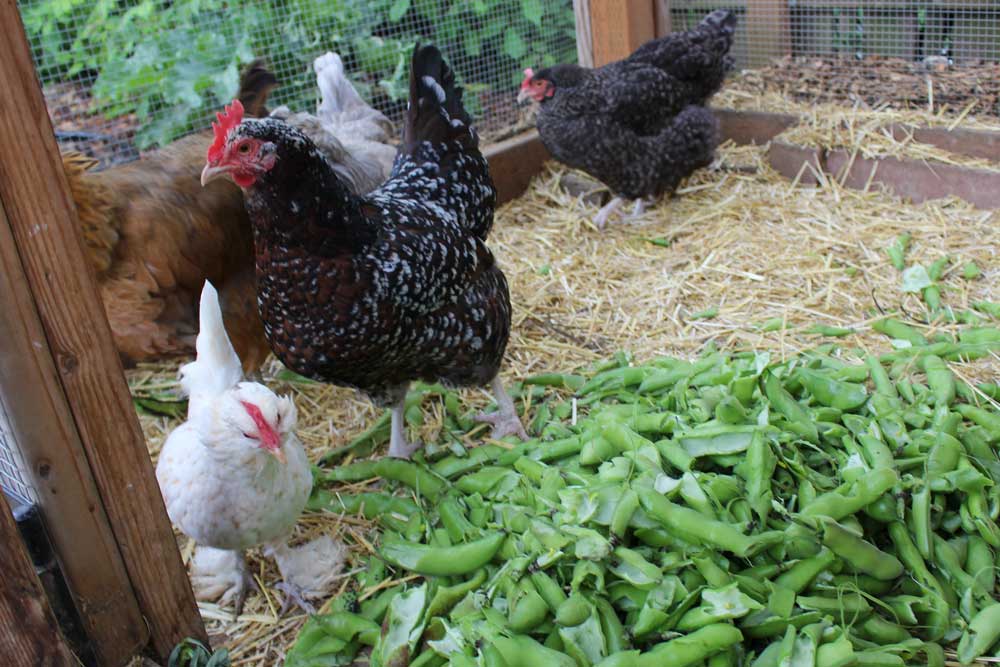
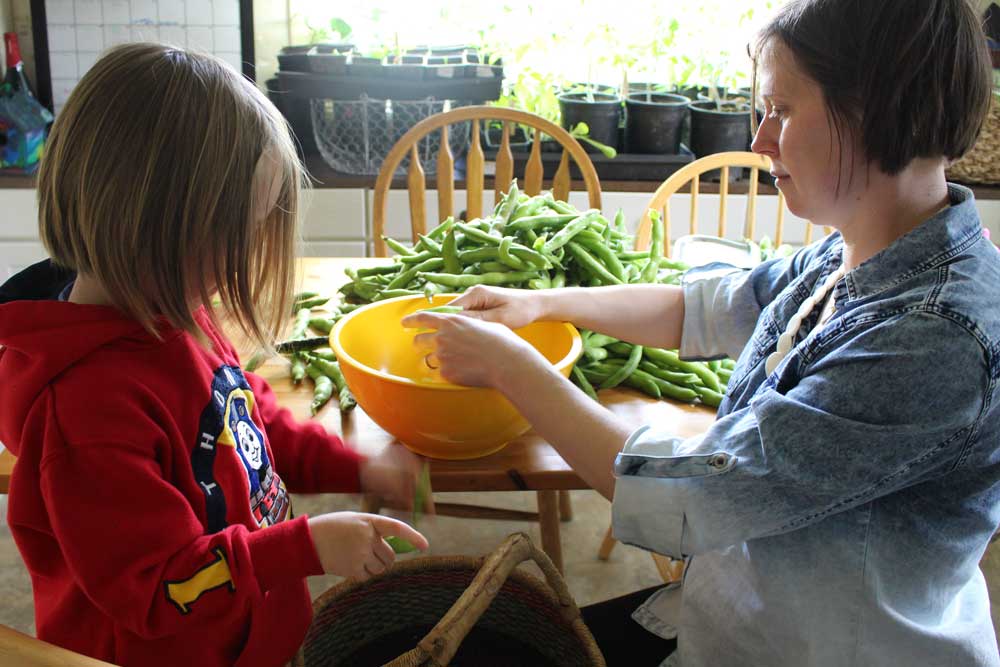
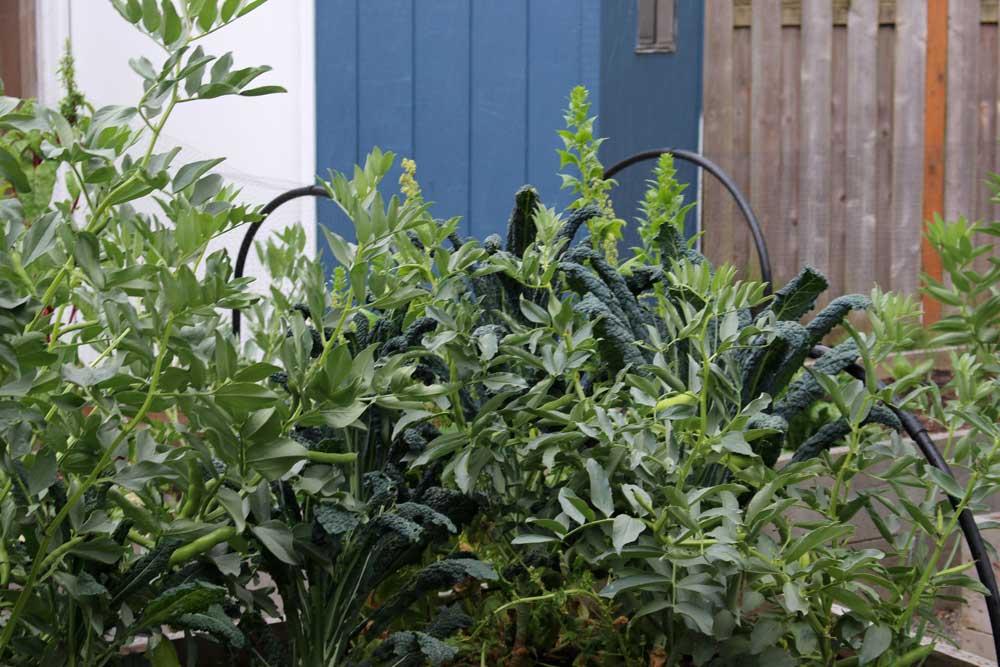
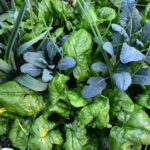
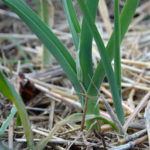
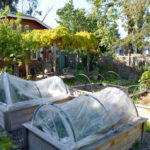


 This cluster was about the siz
This cluster was about the siz




 I start with a
I start with a

